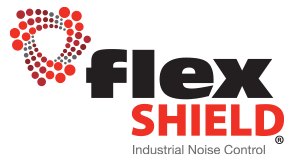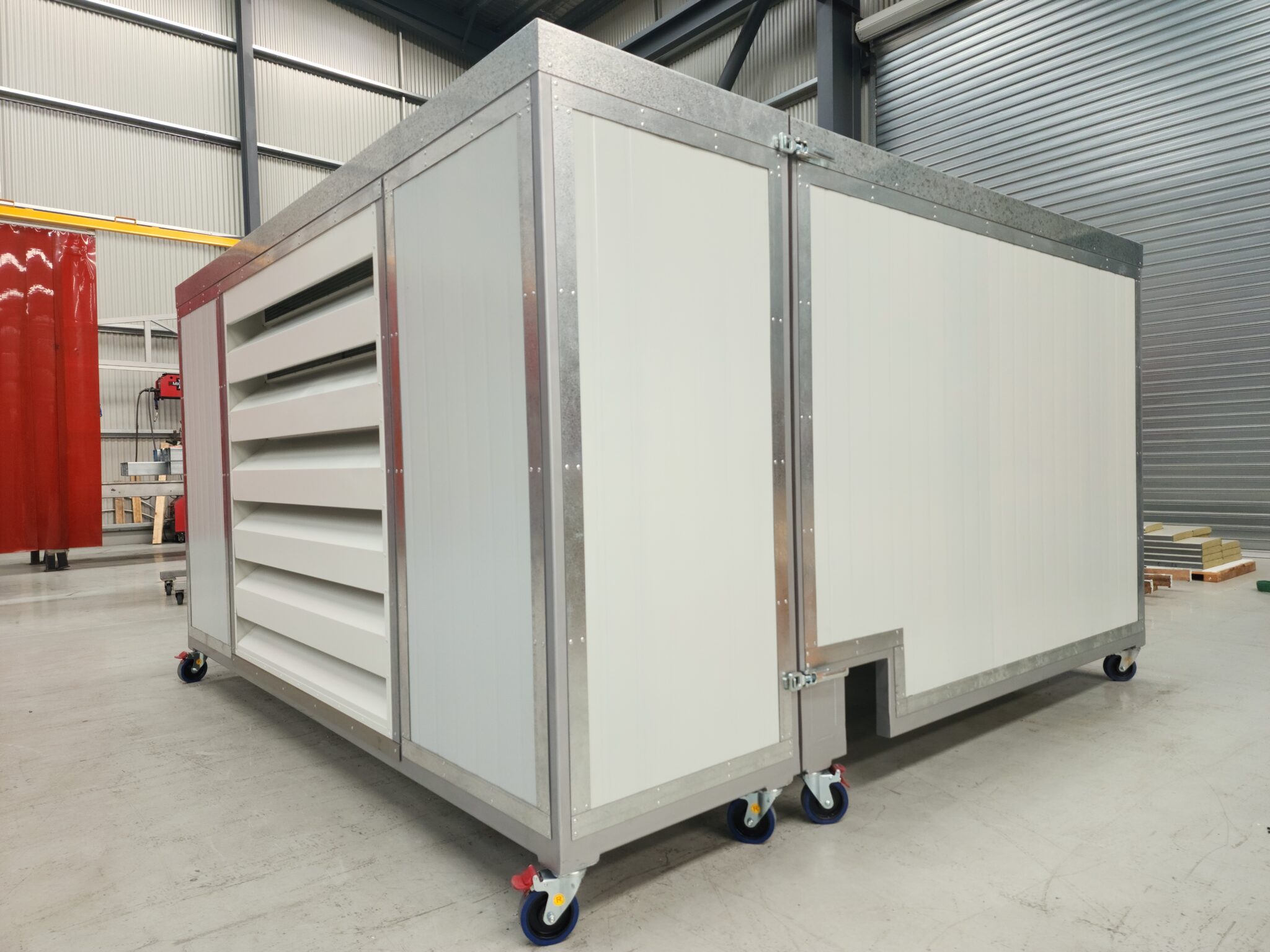Call 1300 799 969 | Contact Us


Home » Everything you need to know about the signs, prevention, and treatment of occupational hearing loss
In industrial work, occupational Noise-Induced Hearing Loss (NIHL, or industrial deafness), is a common yet preventable condition that many employees can experience. The detrimental effects of this condition can impact employee’s overall quality of life – which makes it imperative that employers and workers understand the warning signs, prevention strategies, and available treatments.
This article aims to illuminate industrial deafness, with a focus on encouraging a detailed understanding of its signs, methods of prevention, and treatment. By increasing awareness, we can take proactive measures to prevent this condition from affecting our hearing health and ensure a safer work environment.
One of the primary signs of industrial deafness is difficulty hearing, particularly in noisy environments. Workers with this condition may struggle to understand speech, and find conversations challenging. Additionally, many individuals with industrial deafness experience tinnitus, a persistent or intermittent ringing in one or both ears.
Other signs may include sensitivity to loud sounds, muffled or distorted hearing, difficulty hearing high-frequency sounds, withdrawal from social situations, and increased volume on electronic devices.
Prevention of industrial deafness is crucial, and workers must take proactive measures to protect their hearing health. Properly fitting earplugs or earmuffs should be worn whenever employees are exposed to loud noises in the workplace. Minimising exposure to loud noises is also essential, either by reducing the time workers spend in noisy environments or implementing engineering controls to lower noise levels.
Adhering to safety guidelines and regulations related to noise exposure in the workplace, taking regular breaks, monitoring hearing health, maintaining overall health, and advocating for workplace changes are some additional preventive strategies – such as engineered solutions like an acoustic enclosure.
If an individual suspects industrial deafness, he or she should consult healthcare professionals such as audiologists or ear, nose, and throat specialists for evaluation and diagnosis. Hearing aids, tinnitus management techniques and therapies, workplace accommodations, and legal options are some of the available treatments for industrial deafness.
Preventing industrial deafness requires awareness, proactive measures, and appropriate treatment. By understanding the signs, implementing preventive strategies, and seeking timely intervention, individuals can protect their hearing health and ensure a safer and healthier work environment for all.
For engineered solutions that will help prevent industrial deafness, contact Flexshield 1300 799 969 or get in touch online.